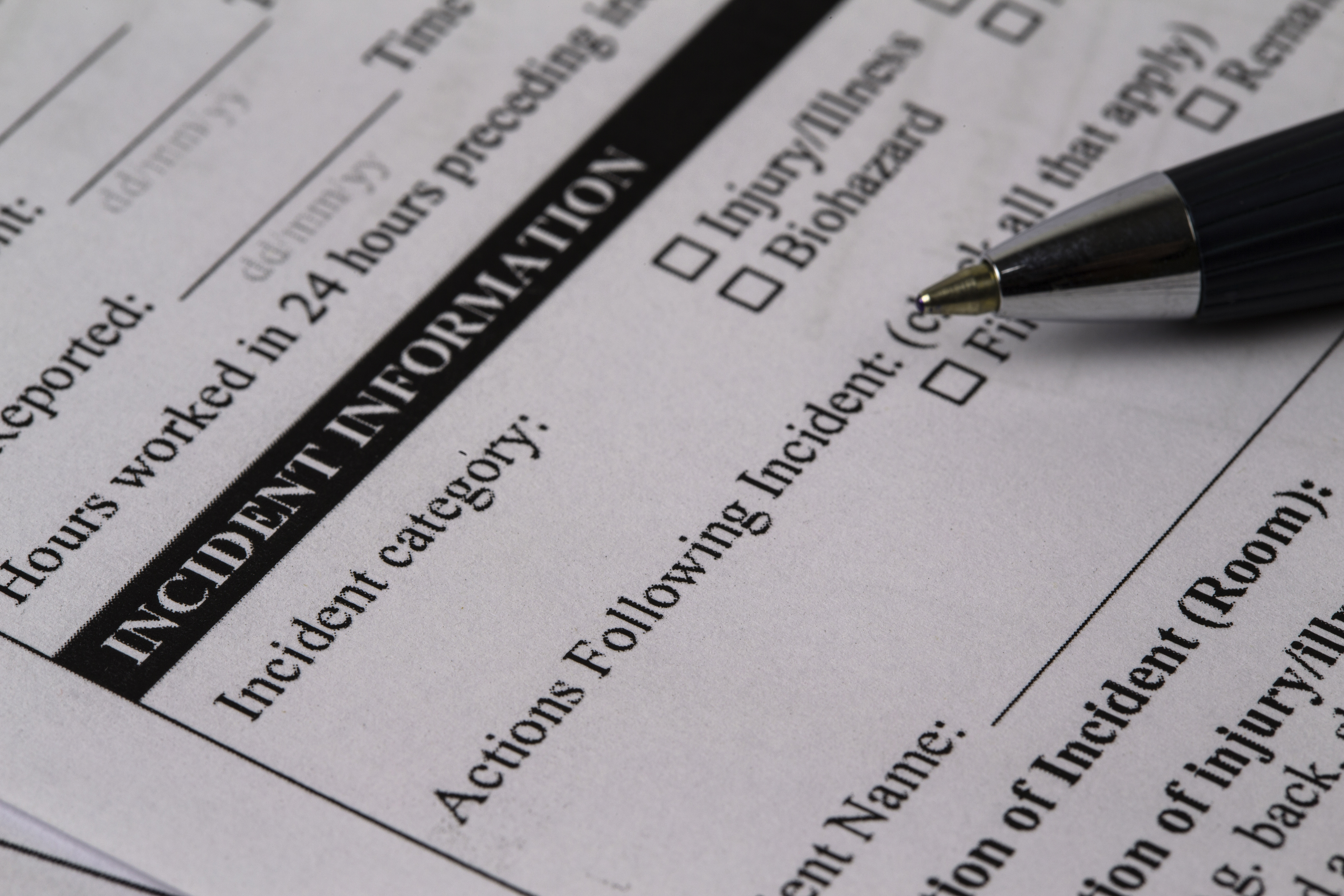Related Posts



You are about to leave Risk Strategies website and view the content of an external website.
You are leaving risk-strategies.com
By accessing this link, you will be leaving Risk Strategies website and entering a website hosted by another party. Please be advised that you will no longer be subject to, or under the protection of, the privacy and security policies of Risk Strategies website. We encourage you to read and evaluate the privacy and security policies of the site you are entering, which may be different than those of Risk Strategies.

An understanding of Hurricane Idalia’s true financial impact is still months away, but we can provide some preliminary insights into the storm, and what we’re seeing regarding claims as well as provide some initial thoughts on how the insurance marketplace may react.
Idalia is the third hurricane to make landfall in Florida in the last 12 months coming ashore as a major hurricane (CAT 3). Hurricanes are categorized as “major” when their winds are excess of 110 miles an hour with a storm surge between 6 – 16 feet. Initial estimates are that Idalia had sustained winds of 125 miles an hour and a storm surge between 14 – 16 feet, which officials characterized as catastrophic. Typically, the most severe damage occurs around the eye wall of a hurricane., Effects from Idalia, however, have been felt across hundreds of miles of Florida’s Gulf Coast, as well as major sections of Georgia and the Carolinas
As cleanup begins, the storm’s impact is triggering a number of claims arising from the combined effects of wind, coastal storm surge and heavy flooding caused by extensive rainfall. Wind damage was primarily limited to coastal areas, but flooding was widespread along, and well inland from, the coast, causing extensive damage to homes and businesses and severe erosion and destruction of infrastructure to many bridges and roads. The areas hit the hardest by Idalia were Northern Florida, Southern Georgia, and South Carolina. Early estimates of overall damages caused by Idalia predicted by Moody’s Analytics (RMS) is between $12 billion and $15 billion. While still a significant loss to the insurance industry, the damage estimates for insured losses are likely to be well below what we saw last year with Hurricane Ian – perhaps around $10 billion.
Our initial discussions with major carriers have been positive. With the rate increases seen over the last four years, carriers are in a much better financial position to absorb the losses from Idalia. However, Florida does have several smaller insurance companies operating in the state with limited capital. Any of those carriers with significant exposure to Idalia claims could be put in jeopardy as a going concern. Citizens have also communicated that they feel confident in their ability to pay claims resulting from this storm. Overall good feedback for policyholders.
With three months to go in Hurricane Season, the jury is still out on how 2023 will affect carrier reinsurance renewals. Excluding Idalia, through July of 2023 the marketplace has experienced 15 $1 Billion disasters. This frequency of large loss events will continue to place strain on the insurance marketplace across the country and on carrier reinsurance renewals at the beginning of 2024. These large losses will also cause a shift, similar to Florida, where insureds in affected areas will experience tougher underwriting from carriers with a pullback from riskier cases. Insureds may also experience removal of coverages, increasing retentions, or, worst case, inability to get coverage.
If we can continue through the remainder of the year with no additional storms, Florida should remain on track to see some stabilization of its property marketplace going into the first quarter of 2024.
The contents of this article are for general informational purposes only and Risk Strategies Company makes no representation or warranty of any kind, express or implied, regarding the accuracy or completeness of any information contained herein. Any recommendations contained herein are intended to provide insight based on currently available information for consideration and should be vetted against applicable legal and business needs before application to a specific client.


